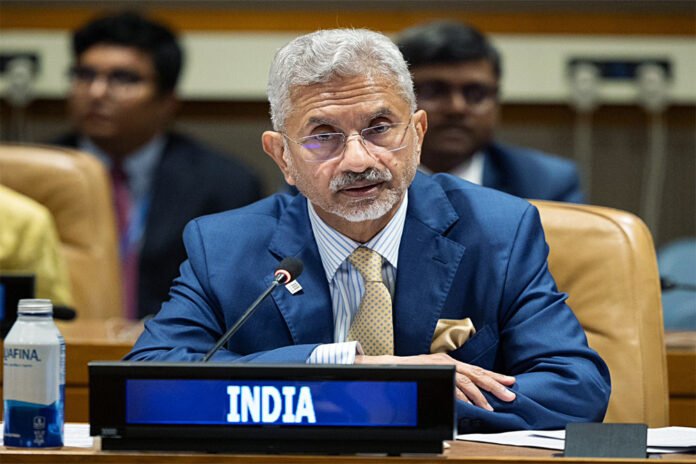Mumbai The next step will be withdrawal of Indian and Chinese troops, restoration of status quo ante before April 2020 and de-escalation after resumption of patrolling. The withdrawal of troops has started under the agreement between the two countries. Foreign Minister S Jaishankar has confirmed this. He said on Sunday that the withdrawal of troops is the first step. The next step is to reduce stress. In a press conference in Mumbai on Sunday, he said that the tension between the two countries will reduce only when India is convinced that China also wants the same. After de-escalation, how to manage the boundary will be discussed.
A day earlier on Saturday, at a program in Pune, Jaishankar had said that the Indian government’s stick to its word worked. He had said- There are two reasons for the position we have reached today. First, we did not go back on our word, this was possible only because the army stood firm at every opportunity to protect the country and diplomacy did its job. Second, in the last decade we have also improved our infrastructure.
It is noteworthy that there was tension between India and China over the border dispute in eastern Ladakh for four years. After the violent clash in Galvan Valley in June 2020, the armies of both the countries stood firm. About two years ago, military commander level and diplomatic talks had started, after which an agreement has been reached recently. Both the armies are retreating from the dispute areas. Armies are retreating from Depsang and Demchak. The army’s retreat began in eastern Ladakh from Friday, October 25. According to informed army sources, both the countries will completely withdraw their armies by 28th and 29th October. After this, patrolling can start from October 31. A limited number of soldiers have been fixed for patrolling.

